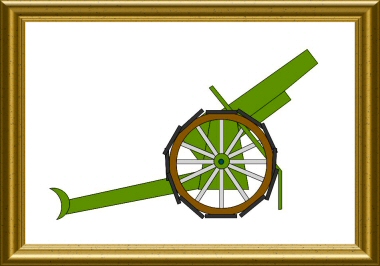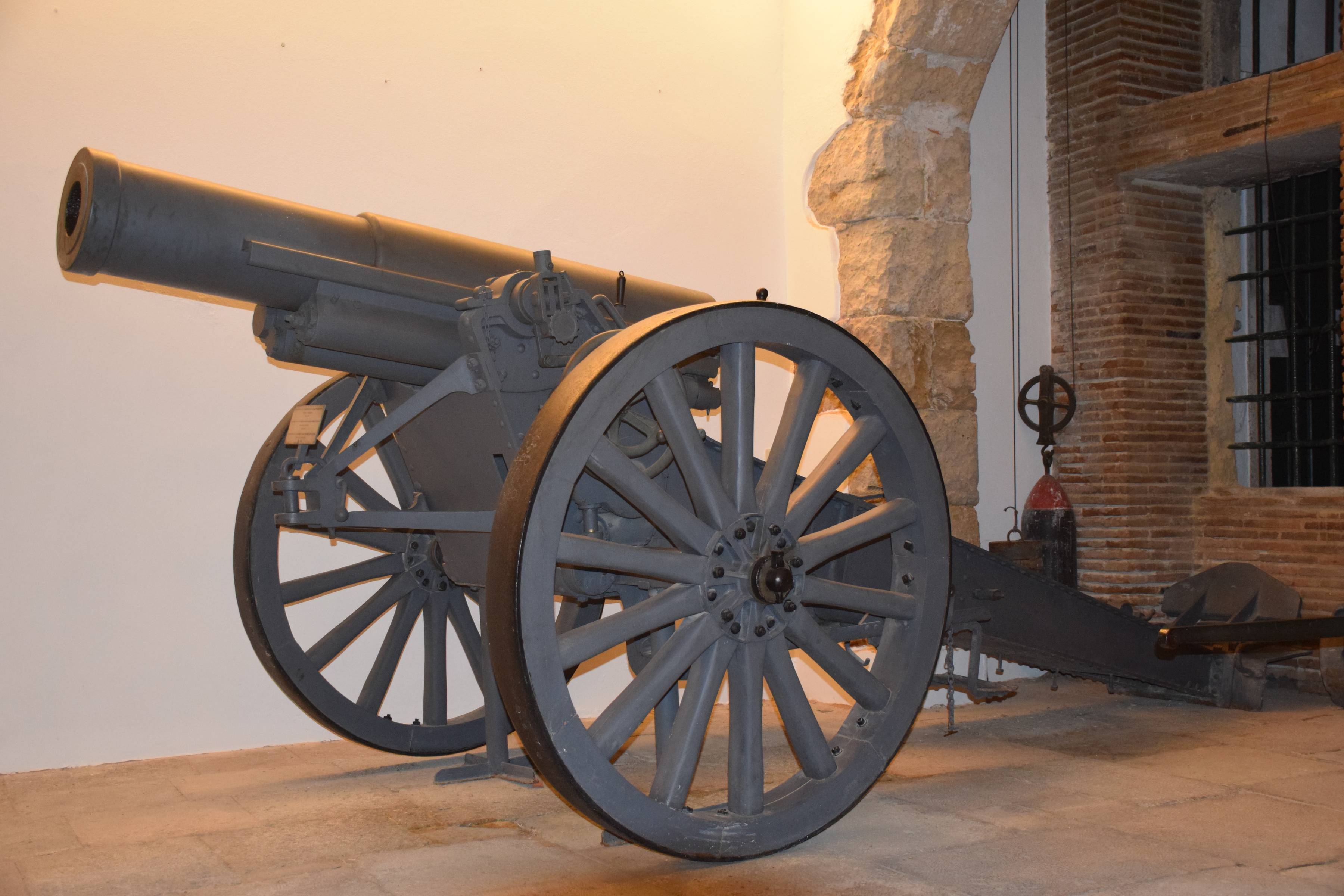|
|
|
|
|
|
|
 Portugal
|
Obuz. 15 cm T.R. Schneider-Canet-du-Bocage |
 Heavy artillery
|
|
|
Contributor :
|
Location :
Portugal
Lisbon
Museu Militar
Coordinates :
Lat : 38.71389 / Long : -9.12451
|
General comments on this surviving gun :
Identical items in the same location :
1
Items covered by this file :
1
|
|

|

|

|
The last survivor of these howitzers that have been a world premiere when it appeared in 1904
|
Zoom on the hydro-pneumatic recoil recuperation system
|
Breech markings : 'Obuz 15cm TR 14c - Artillerie Schneider - Canet - Schneider & Cie - Ateliers d'artillerir du Havre - 1903 - Nr3830'
|
|
|
Historic and technical information
|
|
Denomination :
15 cm T.R. Schneider-Canet-du-Bocage
|
Origin :
 (
Schneider)
(
Schneider)
 (
du Bocage )
(
du Bocage )
|
|
Historic context :
EIn 1904 le French 'Revue d'Artillerie' was writing : 'It has often been proposed to use the automobiles for military equipment transportation, and particularly for the artillery; but until lately, the use of powerful automobiles never seemed to come out the experience commissions files. The Portuguese army seems to be the very first one to reach a solution, at the initiative of a pioneers corps officer, the Colonel du Bocage. It just succeeded in having a 150 mm howitzers battery dedicated to the Lisbon entrenched camp designed and built by the Etablissements Scheider'.
This innovation was an important step in the artillery techniques history, as this ' Obusier de 150mm TR Schneider - Canet - du Bocage was the very first artillery weapon designed for the automobile towing, that became later the classical towing method before the apparition of the automotive artillery.
The howitzer itself was not really revolutionnary, even it it was integrating the modern characteristics of the weapons present on the Schneider catalog, with a rapid-action single movement breech block mechanism, a long recoil course, and a hydro-pneumatic recoil recuperation system. But the originality was in the fact the howitzer had been designed to be towed in a single 'train' grouping all 4 howitzers of the battery linked in series to a unique gasoline powered automobile tractor designed by the French engineer Eugène Brillié of the French Schneider company, who will later be in 1915-1916 the designer of the famous Schneider tank. The powerful tractor was also loaded with 60 complete rounds (shell + propulsive load) on its rear platform.
Only one battery seems to have been built and delivered to Portugal for the defense of the Lisbon entrenched camp whose topography was not allowing the use of railway for the movement of mobile batteries. It is almost certain these weapons have not be used by Portugal during WW1.
|
Technical data :
- Complete description : 15 cm T.R. Schneider-Canet-du-Bocage howitzer (automobile battery)
- Design year : 1903
- Calibre : 150.00 mm
- Weight in firing position : 3335 kg
- Weight for transportation : unknown - one single load composed of the 4 howitzers of the battery hauled by a tractor loaded with 60 rounds
- Tube length in calibres : 14.00
- Grooves : 48 to the right, constant angle 12 degrees
- Projectile weight : 40 kg
- Initial speed : 350 m/s
- Fire rate :
- Range : 8200 m
- Elevation range : -5 to +45 degrees
- Direction range : 4 degrees range
|
Sources
|
|
|
|




